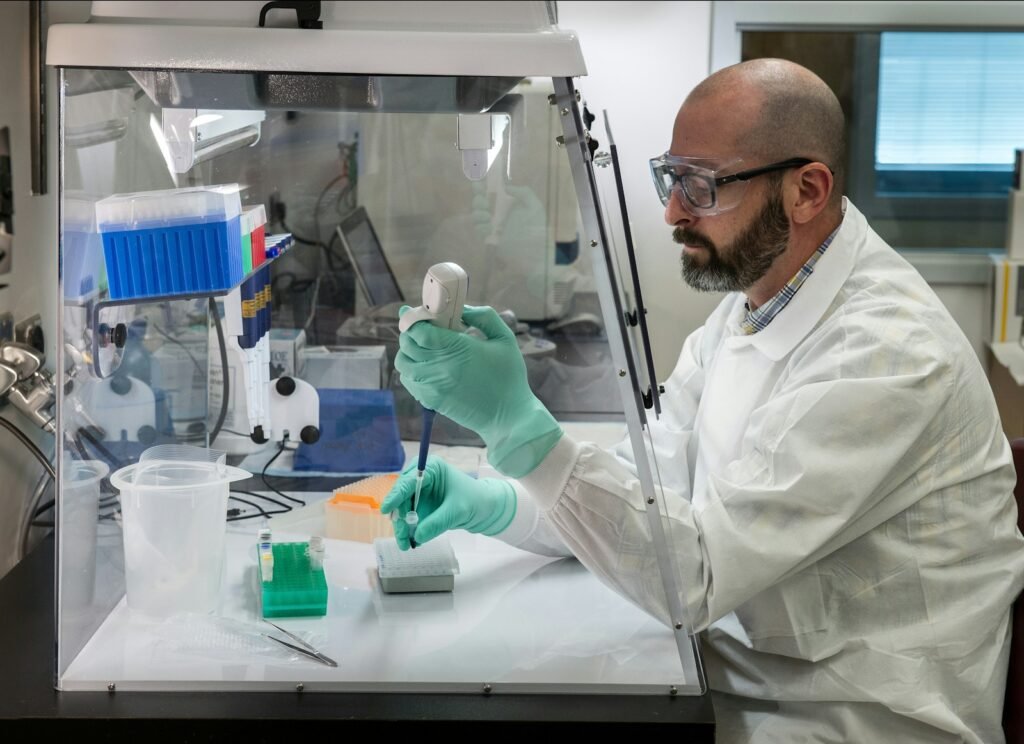Space exploration pushes the limits of human ingenuity and knowledge, offering opportunities to better understand life, the universe, and our place within it. A crucial, yet often underappreciated, aspect of this endeavor is the role of animal studies in space research. These studies have provided invaluable insights into how living organisms adapt to the extreme conditions of space, including microgravity and cosmic radiation. By understanding these adaptations, scientists can enhance astronaut safety, develop countermeasures for health risks, and pave the way for long-duration space missions.
The Historical Role of Animals in Space Exploration

Animals have been part of space exploration since its earliest days. In the 1940s and 1950s, species like fruit flies, mice, monkeys, and dogs were sent into space to test the physiological impacts of spaceflight. These pioneers, such as Laika the dog and Albert the rhesus monkey, helped researchers assess the effects of weightlessness and radiation on living beings. Their contributions laid the groundwork for human space exploration, revealing how the body responds to extreme environments.
The Impact of Microgravity on Biological Systems

Microgravity—an almost weightless condition in space—profoundly affects biological systems. Animal studies have shown how it impacts muscle and bone density, cellular functions, and overall physiology. For example, rodents exposed to microgravity experience rapid muscle atrophy and bone loss, conditions similar to osteoporosis in humans. These findings inform strategies like exercise regimens and pharmacological interventions to mitigate the adverse effects of microgravity on astronauts during extended missions.
Space Radiation and Its Biological Effects

Cosmic radiation is a pervasive and dangerous feature of space that poses significant risks to living organisms. Studies on animals, particularly rodents, have been instrumental in understanding the genetic, cellular, and tissue damage caused by prolonged exposure to radiation. Observations of increased cancer risks, DNA mutations, and oxidative stress in these studies guide the development of radiation shielding, medical treatments, and preventive measures to protect astronauts from radiation-related health issues.
Behavioral and Psychological Adaptations

Space exploration isn’t just a physical challenge—it also affects mental health. Animal studies have revealed behavioral and psychological changes induced by spaceflight, such as disruptions in circadian rhythms and increased stress responses. These findings emphasize the importance of addressing psychological well-being in human astronauts. Insights from these studies are shaping interventions, including the design of living environments and mental health support systems, to ensure astronauts remain psychologically resilient during missions.
Developing Nutrition and Life Support Systems

Long-term survival in space requires efficient life support systems that provide sufficient food, water, and air. Animal studies have helped scientists understand how dietary requirements and metabolism change in space. Experiments on plant-animal ecosystems in microgravity have also advanced the development of sustainable life support systems. These systems may eventually enable astronauts to grow food and recycle resources during long-duration missions or on extraterrestrial colonies, such as Mars.
Implications for Human Health on Earth

The findings from animal studies in space extend their relevance beyond the confines of space exploration. For example, the muscle atrophy and bone loss experienced in microgravity mirror similar conditions on Earth, such as sarcopenia (age-related muscle loss) and osteoporosis. Research derived from space studies could lead to breakthroughs in treatments for these conditions, benefiting healthcare on Earth.
Conclusion: The Path Forward

Animal studies have been a cornerstone of advancements in space exploration, providing critical insights into the physiological, psychological, and environmental challenges faced in extreme environments. These studies not only ensure the safety and well-being of astronauts but also contribute to scientific advancements that improve human health on Earth. As we prepare for longer missions, including potential human settlements on other planets, the lessons learned from these pioneer animal astronauts will remain invaluable in shaping the future of space exploration and our understanding of life beyond our home planet.



